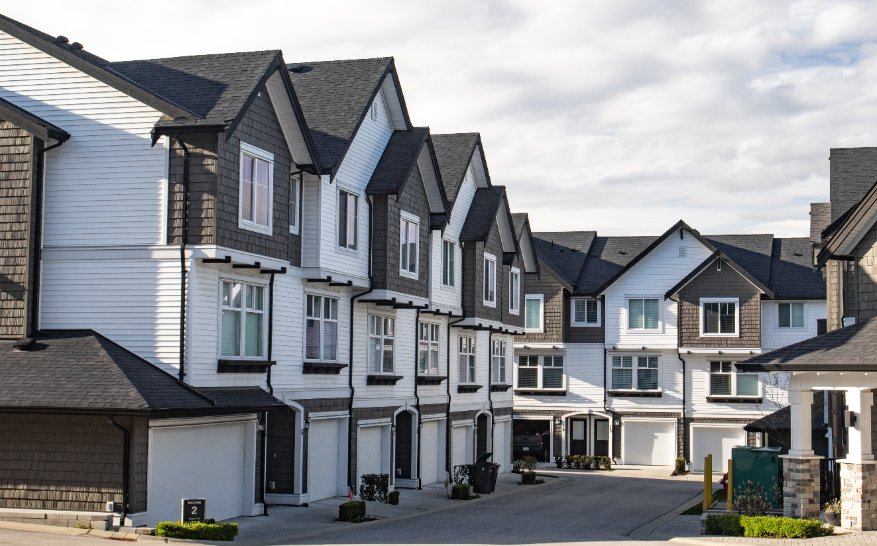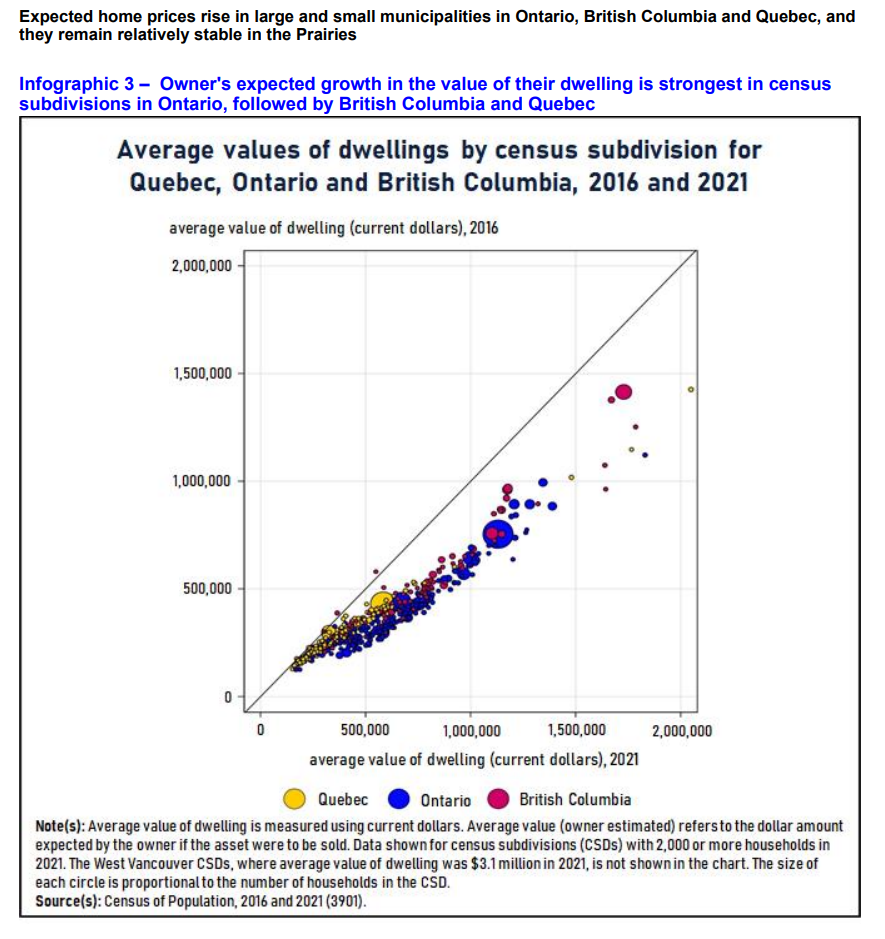


OTTAWA – Canada’s homeownership rate is on the decline, with young adults in particular less likely to own a home in 2021 than they were in 2011, says Statistics Canada.
According to the latest census release, two-thirds of Canadians owned a home in 2021, down from a peak of 69 per cent a decade earlier.

The decline in homeownership rates between 2011 and 2021 was the largest for younger Canadians, with the rate falling to 36.5 from 44.1 for those between the ages of 25 and 29.
Canadians between the ages of 30 and 34 experienced a similar but slightly smaller decline in homeownership, falling to 52.3 per cent from 59.2 per cent.

Mike Moffatt, an assistant professor at Western University’s Ivey School of Business, said that illustrates why the overall homeownership rate is not as useful for understanding recent trends.
“As people get older, they’re more likely to own a home,” he said. “That’s why I think it’s going to be important to break down the data by age cohort.”
Meanwhile, the renter rate increased. Statistics Canada says the number of renter households grew at more than twice the rate of owner households between 2011 and 2021.

Brittany MacKenzie, a real estate agent in Fredericton, N.B., said she’s noticed a shift in the attitudes of young people hoping to become homebuyers as prices have risen.
“I have found that a lot of our younger buyers have been hesitant now and have exited and decided to rent for a little bit,” she said.

The federal agency says newly built homes are increasingly likely to be occupied by renters, with 40.4 per cent of new homes built between 2016 and 2021 now rented out.

Statistics Canada also compared monthly shelter costs of renters and homeowners and found those costs rose faster for renters than homeowners in the latest census period.
The median monthly shelter cost for renters went up 17.6 per cent between 2016 and 2021, outpacing inflation, as the consumer price index rose by 9.5 per cent over that same period. For homeowners, the median monthly shelter cost went up by 9.7 per cent.
 Housing affordability actually improved in 2021, but one in five renters still spent more than 30 per cent of their income on shelter costs.
Housing affordability actually improved in 2021, but one in five renters still spent more than 30 per cent of their income on shelter costs.
Statistics Canada says the improvement in affordability was the most pronounced for low-income renters and can be largely attributed to temporary COVID-19 income supports.
Moffatt said the data doesn’t give an accurate depiction of housing affordability because of these support measures.
“It’s going to be quite misleading just because people were receiving this sort of one-time boost to incomes,” Moffatt said.
The report also touches on the rising trend of condominium construction, especially in urban centres. Between 2016 and 2021, over half of the homes built in Toronto, Vancouver and Montreal were condos.
 Millennials made up the largest share of the approximately 4.3 million Canadians living in condos in 2021, with nearly three in 10 condo-dwellers being in that age cohort.
Millennials made up the largest share of the approximately 4.3 million Canadians living in condos in 2021, with nearly three in 10 condo-dwellers being in that age cohort.





Daily reminder that Canada’s housing crisis is mostly a Southern Ontario-Lower Mainland-Halifax crisis. pic.twitter.com/C8gu0qkmE3
— Dr. Mike P. Moffatt 🇨🇦🏅🏅 (@MikePMoffatt) September 21, 2022
Here is a visual for that data. https://t.co/MkVMhxjmkC pic.twitter.com/v3XzBDycdf
— Alex (xelan) (@xelan_gta) September 21, 2022
This report by The Canadian Press was first published Sept. 21, 2022.